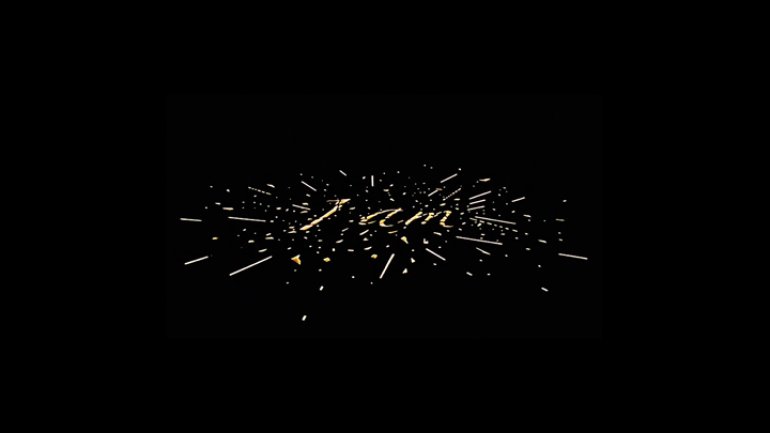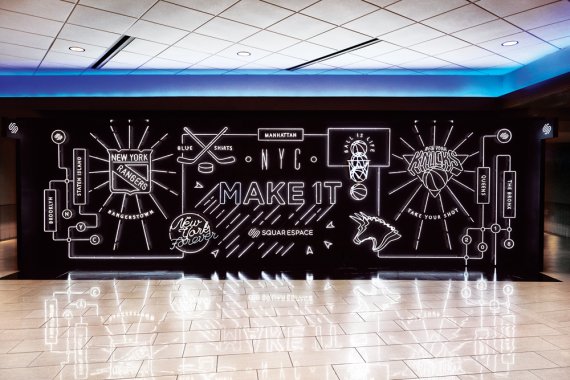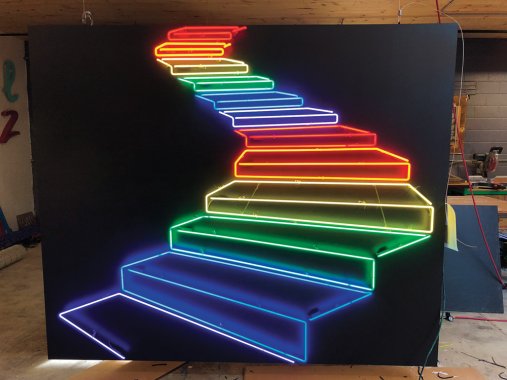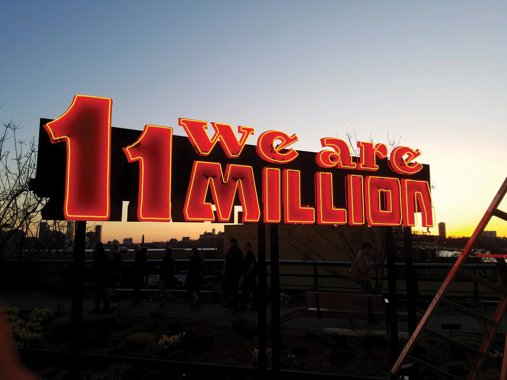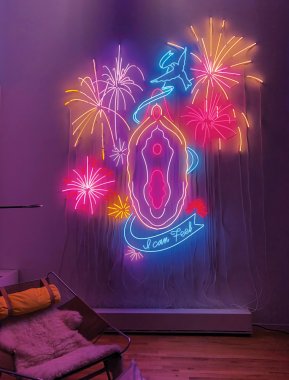Lite Brite Neon
Lite Brite Neon
The first neon sign in the US lit up in 1923 at a Packard dealership in Los Angeles, and it didn’t take long for the glowing letters and images to become synonymous with the 20th-century American landscape. The lighting reached its heyday in the 1950s, but most of the signs have gradually disappeared, thanks to laws banning them and the introduction of cheaper LED bulbs. Today, those that remain inspire a wistful nostalgia for a lost art form.
But that art form hasn’t vanished entirely. Lite Brite Neon continues to make neon art, including pieces by the group’s members, as well as work for commercial clients such as Bergdorf Goodman and for other artists, such as Glenn Ligon. Whether it’s a detailed rendering or a sketch on a napkin, if it involves neon, Lite Brite Neon can make it.
One of a handful of artist-quality neon fabrication studios in the US, Lite Brite began in 1999 as a way for 39-year-old founder Matt Dilling to support his own practice as a neon artist, which focuses on the decorative and architectural possibilities of neon – chandeliers and lighting fixtures.
Over the years, the studio expanded to include a range of neon artists working in everything from art destined for galleries to commercial signage and restoration. In 2017, when the business outgrew its original Brooklyn location (which now serves as a showroom and design studio), Dilling moved production to a 15,000-square-foot former furniture factory in the Hudson Valley, 100 miles north of New York City. Lite Brite’s 17-member fabrication team works on 500 to 700 projects a year.
Working on pieces for well-heeled commercial clients like Squarespace and Dolce & Gabbana allows Lite Brite to support emerging artists. “I didn’t want to create a boutique agency,” says Dilling. “If I can be taking projects from larger commercial clients and being able to use that to support a facility that can produce things for artists who are working on their own – that’s really what I love about having a business.”
Dilling views creative work as a spiritual practice; he likes to quote Rudolf Steiner’s dictum that the hands do the work of the soul, so it’s not surprising he sees Lite Brite’s less commercial work through a cosmic lens. A recent installation by Tavares Strachan embodies that leaning: Strachan dug 290 craters in the California desert across a space the size of two football fields and filled them with bits of neon. At ground level, it feels like the Earth is lit from within, spilling light. From above, the phrase “I am” – expressing oneness with the universe – is clearly visible.
“These neon pieces have been created out of the very fragile and temporary medium of glass, so, in many ways, they’re impermanent,” says Dilling. “And yet what we’re able to see through neon tubing is actually the process that’s taking place around us all the time: this eternal energy known as light being transformed into electricity. We’re really seeing the sun itself being illuminated through a gas that is produced by the sun itself as it does its whole astrophysical dance.”
Multi-Colored Magic
The human touch: Every piece Lite Brite produces is bent by hand, the glass tubes heated until they are shaped into the desired configuration. A recent holiday window installation for Bergdorf Goodman celebrating the New York Philharmonic included several dozen bent tubes shaped into orchestral instruments.
Social illumination: Lite Brite is committed to working with activist artists. They assisted Suzy Kellems Dominik with I Can Feel, a giant neon vulva that flashes pink, orange, and red, and was a popular selfie backdrop at Miami Art Week in 2017. They also helped Andrea Bowers with Somos 11 Millones/We Are 11 Million, part of her ongoing work on the plight of children affected by DACA (on view through March in Manhattan’s High Line park).


